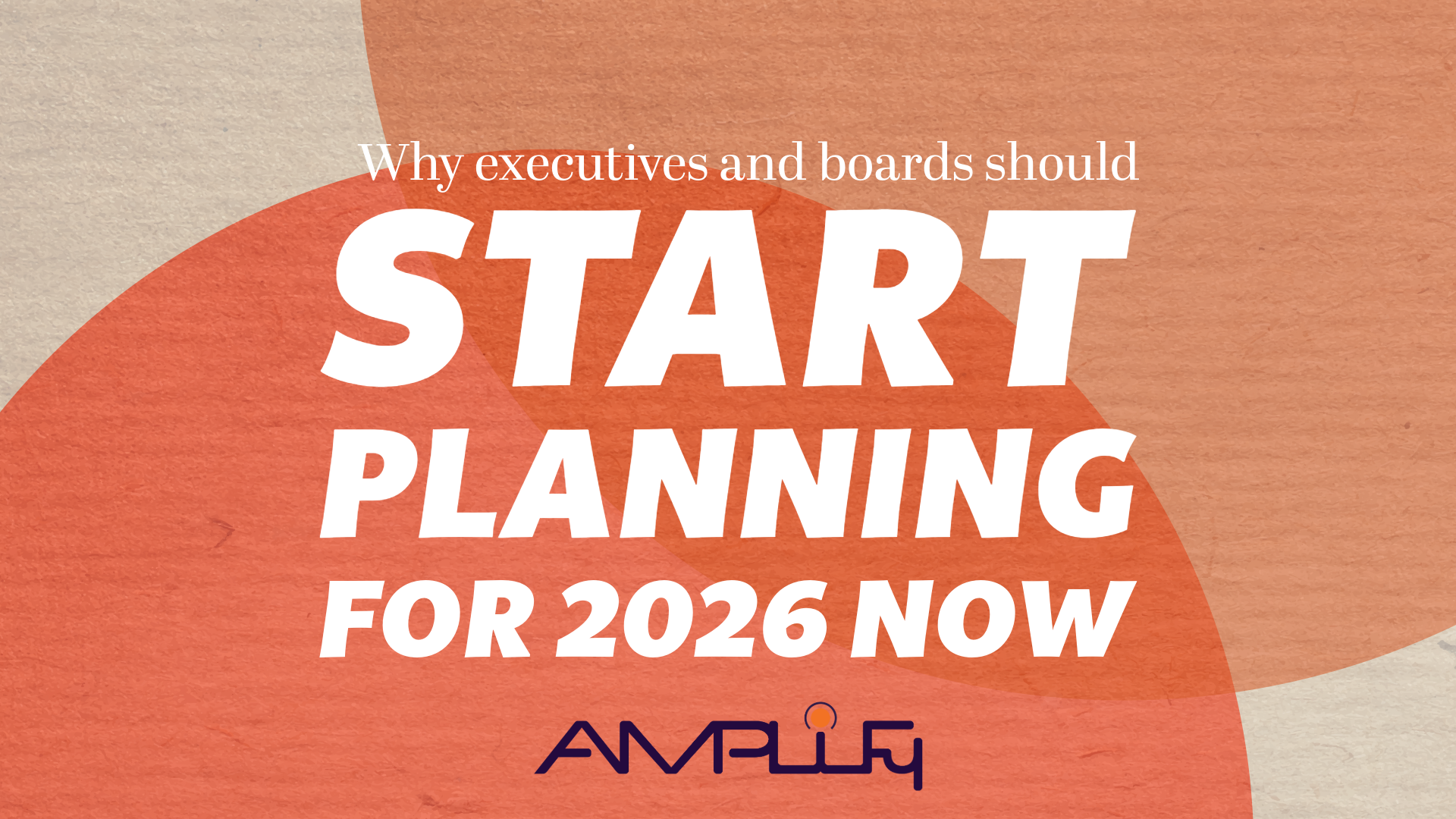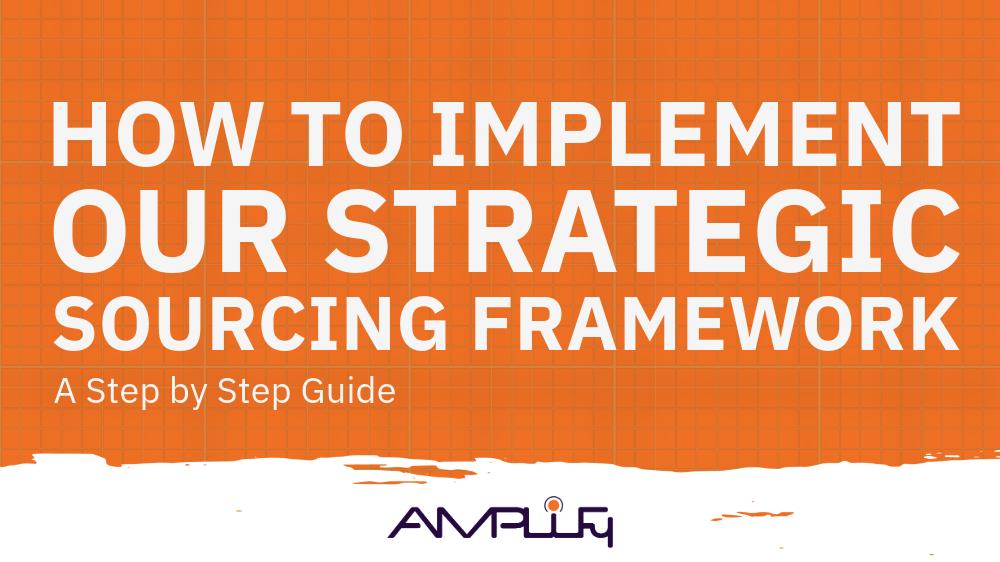Business Success is More About the Short Game Than the Big Swing
Drive for Show, Putt for Dough
In golf, there are few better moments on the course than watching a perfectly struck drive soar down the middle of the fairway. It may even garner a few “oohs” and “ahhs” from your playing partners, making it a shot that everyone wants to have in the bag. However, there’s a reason why professional golfers spend a majority of their practice time on their short game. Most tournaments and matches won’t be decided by distance of the tee, but rather by touch and feel on the greens.
The same can be said in business.
Big, attention-grabbing moves might turn heads, but long-term success hinges on the steady, deliberate work put in on a day-in and day-out basis.
The Allure of the Big Drive
The long drive is the showstopper of golf – a display of power that leaves an impression and sets the tone for the hole ahead. In business, the equivalent might be a high-profile launch, landing a big client or debuting an exciting, new marketing campaign. These big, bold moves create excitement and are undeniably important to generate momentum and stand out amongst competitors.
But here’s the catch: A long drive is only the first step. If it’s not followed up with a strong short game, it’s unlikely to translate into long-term success. Similarly, in business, bold strategies and big moves need to be supported by detailed execution. A viral campaign brings in leads, but without a solid sales function ready to capitalize on that opportunity, those leads never turn into customers. The big drive sets the stage, but it’s what comes next that will determine the ultimate payoff.
The Short Game
In golf, putting is where a match or tournament is won or lost. It may not always be the flashiest aspect of the game, but it tends to make the biggest impact. This same principle can be applied in business. Operational excellence, attention to detail and follow-through are the “short game” of the business world. Behind every successful initiative lies a network of coordinated efforts that work together to ensure that potential transforms into measurable results.
The short game may not grab headlines, but it’s what closes deals, builds trust and creates lasting value. It’s the quiet, steady work that ensures that the bold moves pay off.
Finding the Balance
Success in golf, as in business, requires a balance between power and precision. Focusing exclusively on one at the expense of the other leads to missed opportunities. The key is to develop both skills and create an environment where the long game and short game compliment each other. High-impact moves are essential for growth and innovation, and they must be supported by day-to-day operational efficiency. Business leaders should regularly assess this balance within their own organization and determine if they’re striking the right balance.
Conclusion
In golf, the best players are those who can drive and putt the ball efficiently. They know that success comes from mastering both the long and short game. In business, it’s key to have bold ideas and strategies that are backed up by careful, consistent execution. If you’re able to create the perfect balance, you’ll put your team in good shape to hit a lot of fairways and sink a lot of putts.




